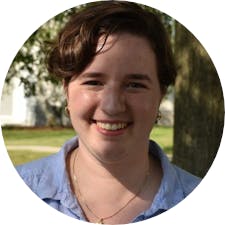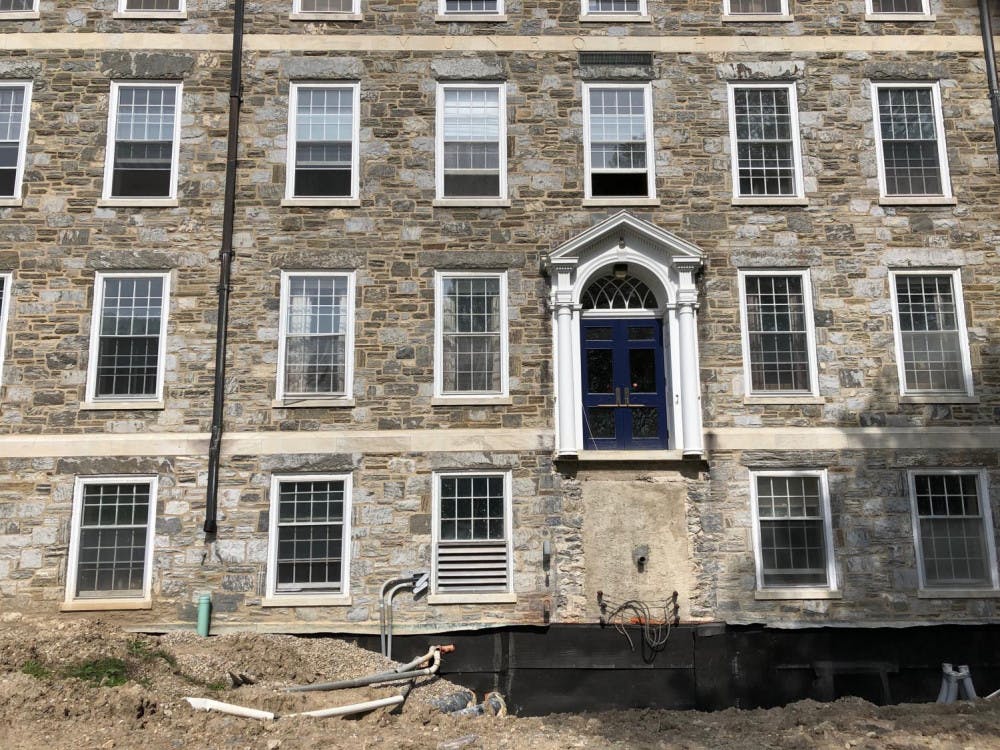In a move hailed by advocates of students with disabilities as part of an important cultural and ideological shift, the Student Accessibility Services moved out of the risk management department and into the Office of Institutional Diversity, Equity and Inclusion as of this academic year. The office was also renamed the Disability Resource Center (DRC).
According to the center’s website, the DRC “provides confidential services and reasonable accommodations for students who have needs affecting their learning, vision, hearing, speech, mobility, and physical and psychological health.” The DRC also helps faculty and staff provide these accommodations, and trains them to work with students with disabilities.
The DRC’s former home in the risk management department reflected an institutional view of students with disabilities as legal obligations and potential lawsuits, said Renee Wells, director of education for equity and inclusion. Relocating the office suggests a welcome shift from that mindset.
Wells explained that previously, the Student Accessibility Services viewed measures improving accessibility in terms of complying with the Americans with Disabilities Act (ADA), rather than as meaningful opportunities to make the campus more accessible and inclusive for all students.
“While Student Accessibility Services and the ADA coordinators have always had the primary responsibility for coordinating disability accommodations for students, the DRC’s scope is more expansive,” Marti McCaleb, civil rights and Title IX coordinator, said in an email to The Campus. “It’s made up of a number of people and entities on campus that advocate for and provide services to students with disabilities.”
The departmental reorganization, which happened simultaneously with restructuring of the Title IX office, is part of a larger effort to change the way Middlebury approaches issues of accessibility, Wells said.
“It’s largely about helping [the college] make that sort of ideological shift from seeing disability as a problem that an individual has, to being a cultural problem with whom we have imagined in our spaces and whom we haven’t,” Wells said.
The organizational change comes as Middlebury aims to improve life and services for students with disabilities, including making sure that everyone who needs help is receiving it.
After one of the ADA coordinators changed jobs in July, the remaining ADA coordinator, Jodi Litchfield, serves 375 students at Middlebury and 10 more in programs abroad. According to Litchfield, the DRC is in the midst of hiring a second ADA coordinator to help provide aid to more students.
The DRC provides services to the one in seven Middlebury students who self-report as having some type of disability, according to McCaleb.
“It’s likely that there are many more students with disabilities on campus than have come forward,” Litchfield said.
To address the disparity, McCaleb said, “I would like to find new ways to reach out to students to make sure that no one with a disability experiences unnecessarily barriers or hurdles to their education or their life on campus.”
Wells believes that one of the biggest challenges students face is the stigma surrounding disabilities. Other students may view these measures as unfair advantages and faculty can resent the extra effort required on their part, according to Wells.
The DRC grants letters of accommodation to students with disabilities. But those students must then meet with their professors and advocate for themselves, which can create uncomfortable power dynamics, according to Kamli Faour ’21, one of two student representatives to the Advisory Group on Diversity, Accessibility and Inclusion (ADGAI).
Wells also emphasized the importance of thinking proactively and designing physical and educational spaces for people of all abilities instead of making individual accommodations after the fact.
To this end, Wells aims to use the new Inclusive Practitioners Program workshops — a series of workshops for faculty and staff about bias and diversity — to help shift the way faculty and staff view disability and educate them on creating inclusive and accessible spaces.
McCaleb also plans to expand on Wells’ training in her own work.
“I also hope to be able to provide more education and training to faculty on how to support students with disabilities in their classes, and how to create more adaptive, inclusive learning environments,” McCaleb said.
With the help of the AGDAI, Wells’ office is creating a five-year diversity, equity and inclusion plan that will address accessibility issues.
“In the longer term, we will continue to work closely with AGDAI on new campus initiatives and advocate for ongoing improvements to facilities and technologies to create a more accessible campus,” McCaleb said.
“There are a lot of barriers to accessibility and accessible learning at this school,” Faour said. “Ultimately I don’t know if it’s possible to accommodate everyone ...[but] we need to be actively doing the best that we can to improve the lives of individuals on this campus.”

Sophia McDermott-Hughes ’23.5 (they/them) is an editor at large.
They previously served as a news editor and senior news writer.
McDermott-Hughes is a joint Arabic and anthropology and Arabic major.
Over the summer, they worked as a general assignment reporter at Morocco World News, the main English-language paper in Morocco.
In the summer of 2021 they reported for statewide digital newspaper VTDigger, focusing on issues relating to migrant workers and immigration.
In 2018 and 2019, McDermott-Hughes worked as a reporter on the Since Parkland Project, a partnership with the Trace and the Miami Herald, which chronicled the lives of the more than 1,200 children killed by gun violence in the United States in the year since the Marjory Stoneman Douglas High School shooting in Florida.




